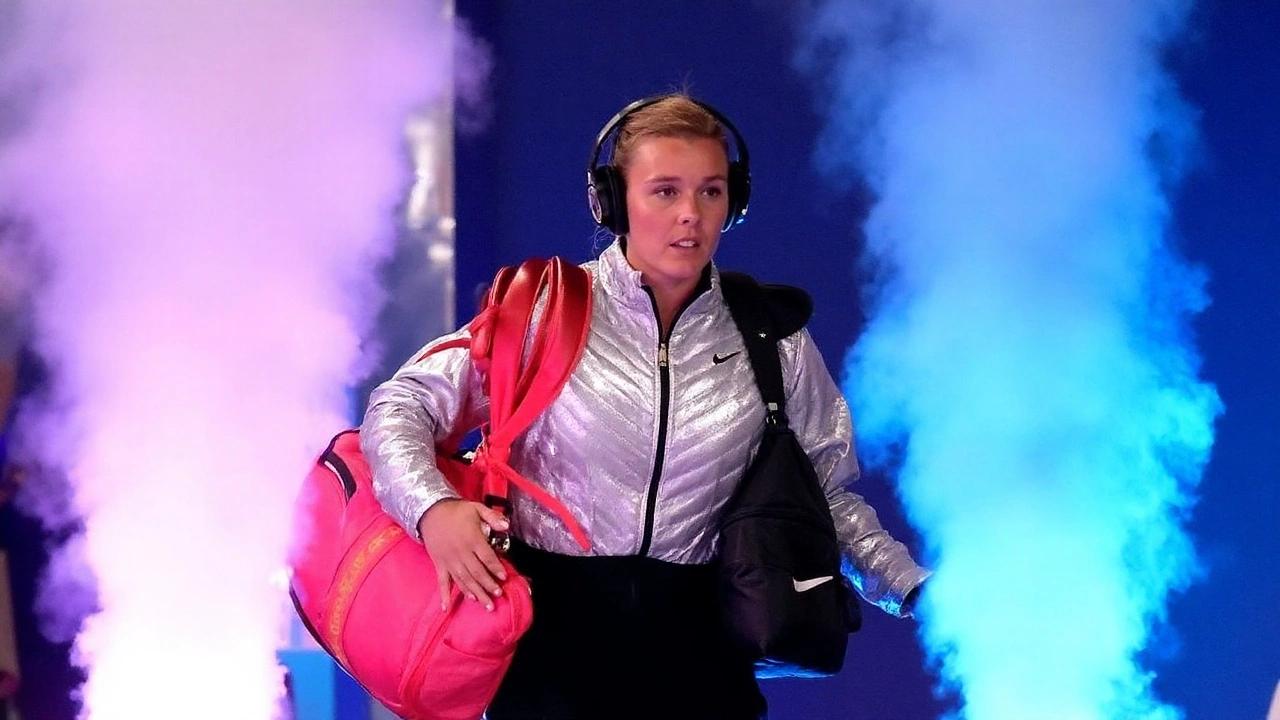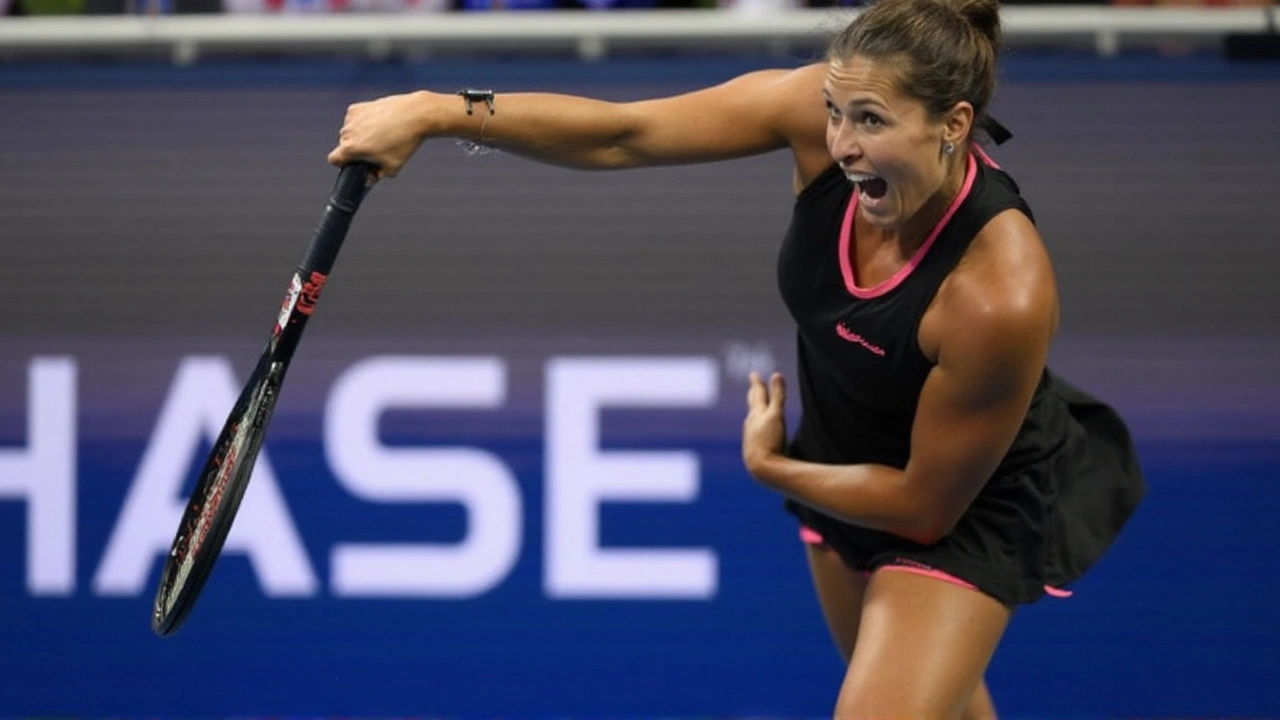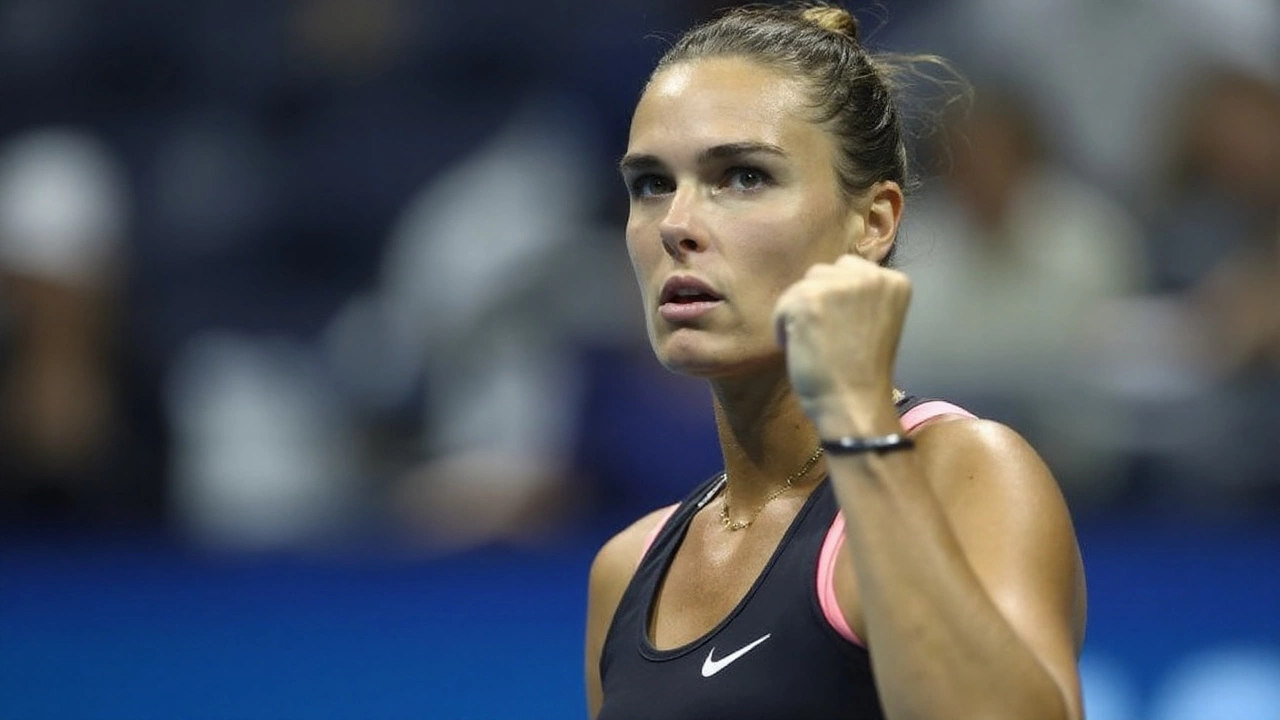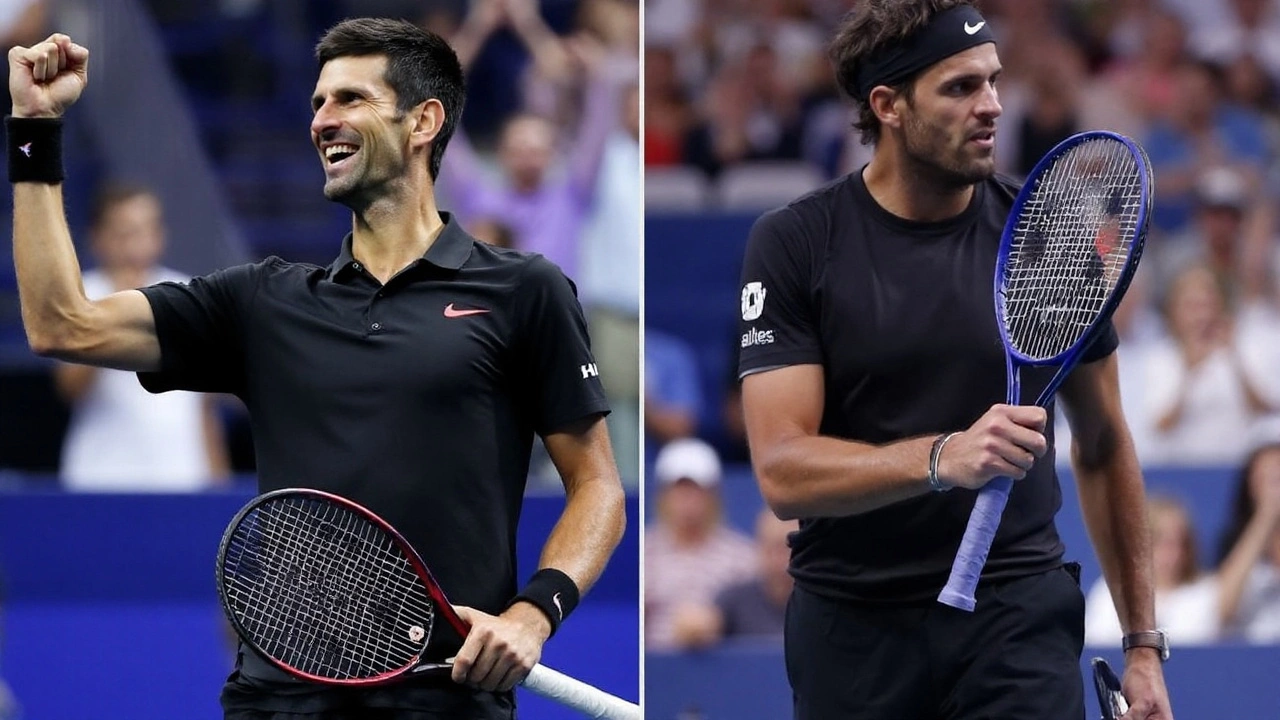Sabalenka steadies early storm, then shuts the door
World No. 1 Aryna Sabalenka is moving through the 2025 US Open with the look of a defending champion who knows exactly what she wants. The Belarusian dismissed Canada’s Leylah Fernandez 6-3, 7-6 (2) in the third round at Louis Armstrong Stadium on August 30, a result built on clean first-strike tennis and a composed finish when the match tightened.
It didn’t start easy. The tone was set by a bruising 20-minute stretch across the first three games, both players digging in on return and testing each other’s legs and patience. Once Sabalenka grabbed the first break, her baseline weight took over. She pinned Fernandez behind the baseline, punched through the middle when she needed a reset, and pocketed the opening set 6-3 without giving much back on her serve.
The second set was a different conversation. Fernandez found more width, especially with her lefty forehand into Sabalenka’s backhand corner, and tried to yank rallies into uncomfortable patterns. She also mixed in higher balls and took returns early to take time away. It worked long enough to push the set to a tiebreak, but when the rally length shrank and the serves landed, Sabalenka’s power and precision carried the day. She ripped through the breaker 7-2, stamping her spot in the fourth round.
What stood out was how tidy Sabalenka kept the big moments. She avoided the mid-set lapses that sometimes opened the door in past seasons. On the longer exchanges, she resisted the red-line winner and instead worked the court, then pounced behind a heavier first serve. Fernandez scrambled and countered well—few players change direction on the run better—but Sabalenka’s depth made it tough for the Canadian to flip defense into attack consistently.
There’s history here. Fernandez stunned Sabalenka in the 2021 US Open semifinal with a fearless, take-it-early blueprint. This one felt like the counterpoint: same court vibe, different outcome. Sabalenka has shored up the exact areas that used to wobble in New York—closing sets, taming the second serve in stress, and trusting a patient two-shot combo rather than chasing highlight shots.
The Louis Armstrong crowd got its moment, too. A marriage proposal flashed on the jumbotron mid-match, drawing a big cheer and a few laughs on court. Sabalenka noticed—hard not to—but kept her poker face. Later, she called it “very sweet,” adding a playful “No pressure” when asked if boyfriend Georgios Frangulis might be taking notes. It was a light break in an otherwise serious night of problem-solving.

Rivalry threads, New York stakes, and what’s next
Fernandez leaves with more than a straight-sets loss on the sheet. She made Sabalenka hit the extra ball, turned a handful of neutral points into scrambles, and dragged the match to the margins in set two. Her return position bothered Sabalenka at times, and her backhand down the line kept the favorite honest. On another night, a mid-set opening might have turned into more. Not against this version of the top seed.
Sabalenka’s title defense remains intact in a draw that has already asked her to manage different looks and ride out patches of pressure. The defending champion’s baseline tempo is still the anchor, but it’s the decision-making that’s become her quiet advantage—knowing when to blast through center, when to change height, when to pull back and make an opponent create.
As the tournament rolls into the business end—its 145th edition, running August 18 to September 7—Sabalenka enters the second week exactly where she planned to be. The fourth-round opponent will bring a new set of problems, as they always do in New York. Expect more of the same from her side: the heavy first serve to set the table, the backhand that holds the line, and the willingness to absorb a few body blows before landing her own.
The atmosphere on Armstrong told its own story. New York’s late-summer air felt thick, the kind of night where fitness and focus share equal billing. Sabalenka’s movement looked sharp, her footwork crisp enough to set the shoulders early and drive through contact. Fernandez chased and teased angles to stretch her, but the No. 1 didn’t lose the center of the court for long.
There’s also the broader arc. Sabalenka lifted the US Open trophy last year and has carried that confidence forward, not just in scorelines but in the way she problem-solves under pressure. Her team—coach Anton Dubrov and a tight support crew—has leaned into what suits her most on hard courts: a first-serve foundation and a clear Plan B when rallies go sideways.
For Fernandez, the takeaway is resilience. She forced the tiebreak, stood up to pace, and still found ways to disrupt rhythm. The Canadian’s toolkit—early timing, abrupt changes of direction, and a feel for when to take space—will play in the fall swing. She leaves New York with the kind of test that sharpens the next month.
For Sabalenka, the path narrows and the lights get brighter. The title defense is alive, the legs are fresh, and the belief is visible in how quickly she stamped out danger late in the second set. Another round, another style to decode. In this city, that’s the job description.


